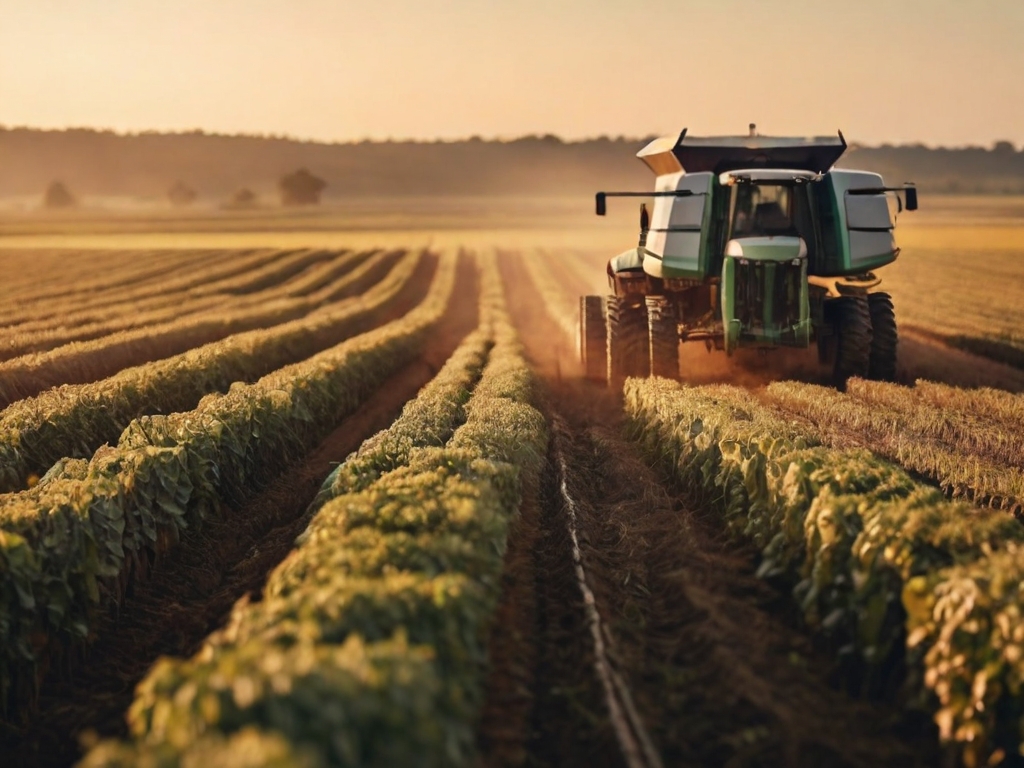Stakeholders seeking a permanent fix to the volatility trend in agricultural production are resorting to AI for ideas. Hence, it is believed that the adoption of advanced AI algorithms is a silver bullet for farmers, who are the main victims of unstable market chaotic fluctuations, as well as for consumers, who are witnessing the deterioration in the quality of life due to the increase in prices.
Addressing market volatility
Another significant hurdle that has the farming sector in a knot is the volatile character of the prices, with multiple factors, like the magnitude of production export dynamics, etc., being the main ones driving price changes. The instability that will be caused will affect not only farmers’ value but also customers’ economic stability. Worse still, ignorance about the current market trends is another health problem adding to this. Thus, both parties have no choice but to suffer.
AI experts, leaders of the industry, and all the stakeholders discussed AI-based pricing models as a way out of the problems. Most notably, Dr. Noman Said, the CEO of SI Global Solutions, showcases the prospect of such models to analyze typical information and predict possible future commodity prices accurately. The same information, like past prices, weather conditions, and economic conditions, can be used by these models to make the farmers take into consideration all this when choosing the best times regarding profit maximization for selling the produce.
Government initiative for equitable access
Whereas the private IT sector can rule the innovation of AI models, Dr said opines that more authority from government acts is essential to give access to all. He affirms that the program can be implemented under government leadership, which can promote fair distribution of the technology by smallholder farmers and ensure a good experience for the consumers as well. In spite of that, there has been a difference in funding since the beginning; we can observe that private-public partnerships will always be able to minimize such spending.
Mr. Hafiz Zain Waheed, the CEO NiG & NiM PVT Ltd, underlines the lack of clear legislation, which should be remedied by the government, as the promoting technology. He accentuates the significance of setting up some programs directly facilitating market access for small-scale farmers, carrying out his own story as an example of his creation of an AI-based price prediction model designed and built for use in the agriculture sector.
Nabi Bux Sathio, a progressive farmer, caffeinated both in his art and agriculture pundit in this regard, expecting directly that the government official’s aim was different. Still, AI technology has revolutionized farming practices. He advocates for an entire set of measures by the authorities with the end in view that they give the necessary help in the implication of models based on AI with the farmers.
Empowering farmers and consumers
The use of artificial intelligence-driven price prediction models is exciting as it heralds a reshaping of the systems, hence adding value to the farming sector by mitigating farm losses among growers. These models, through giving the farmers on-time insights on market dynamics, make them responsive and adapt their strategies, making all the gains and minimizing risk factors. Furthermore, consumers could have more control and power through more transparent cost methods, which would enable them to make well-reasoned decisions while buying.
With AI technology on the rise, the agriculture sector has a chance not only to survive but also to strive for growth in the face of the price volatility challenge. Considerably, the involvement of both the public and private sectors will guarantee this transition to AI-based price prediction modeling. As a result, farmers and consumers are looking forward to a high level of stability and a good livelihood. Through data analysis, we can predict and forecast the intricacies of agriculture pricing, which opens a new horizon of opportunities for the future of a sustainable world.





